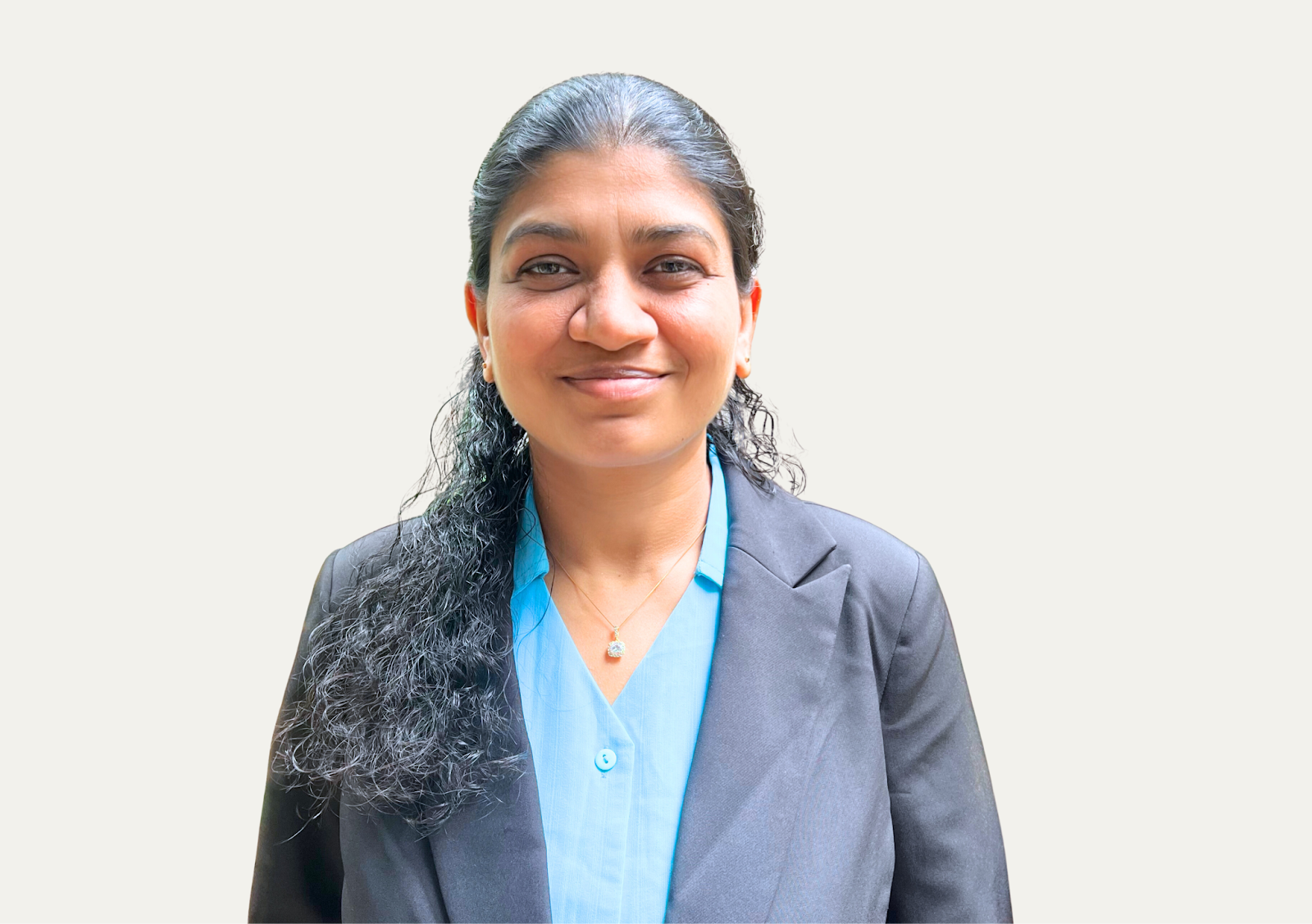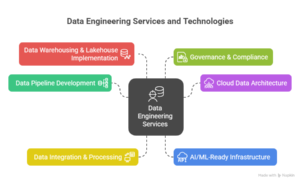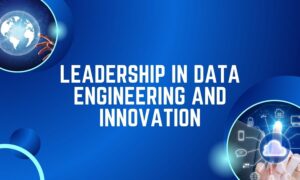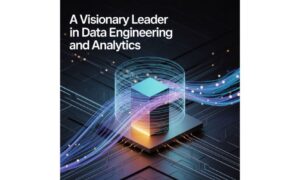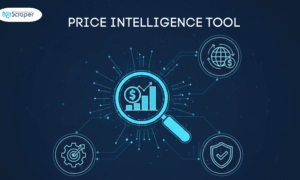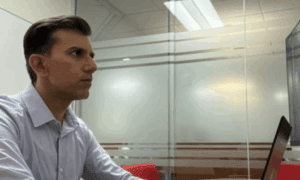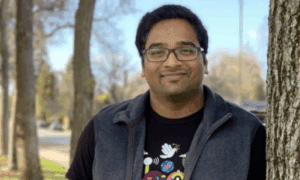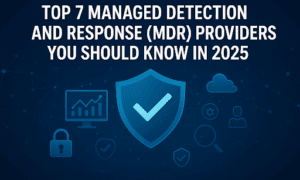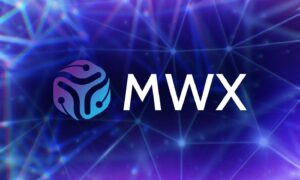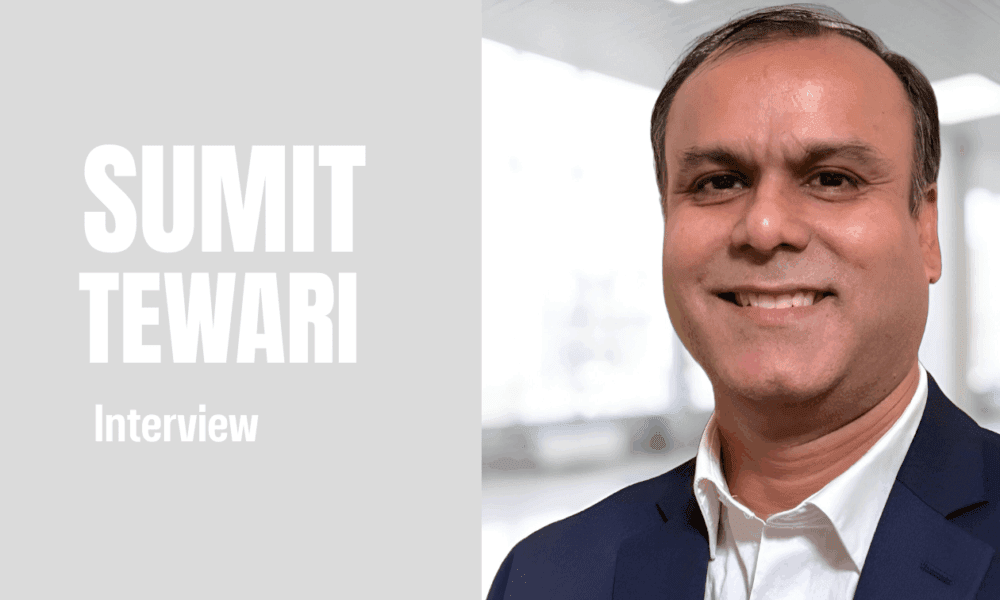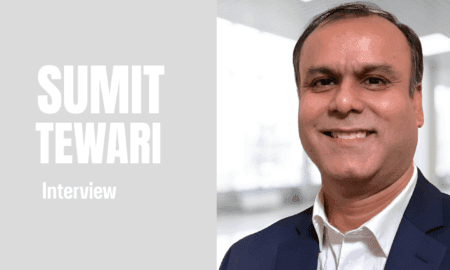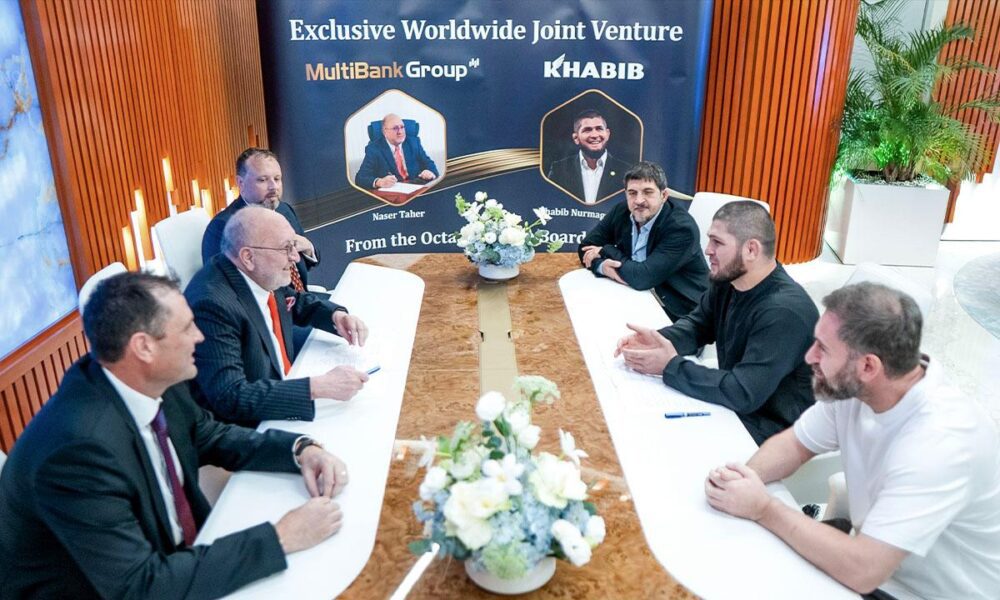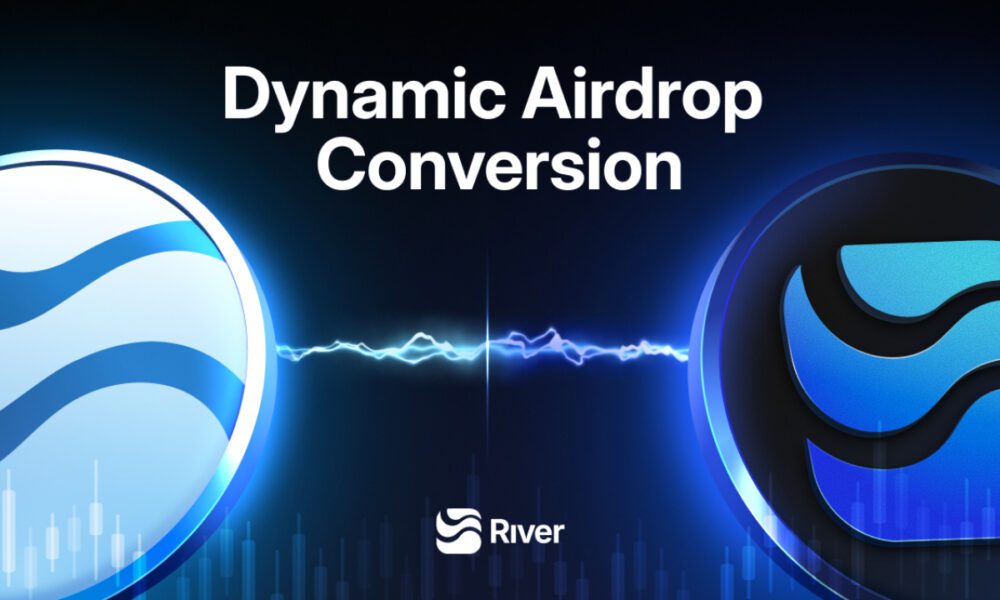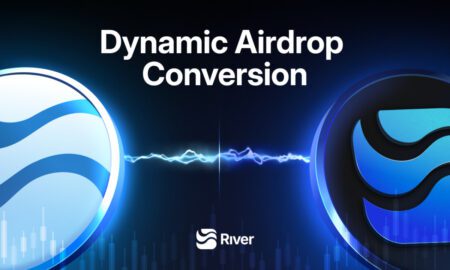As enterprise systems become increasingly complex, companies require thoughtful redesign. Across industries, organizations are moving beyond legacy infrastructures and rethinking how technology can serve their evolving goals. Leaders like Vathsala Periyasamy create paths toward intelligent, scalable, and resilient solutions within this shifting context.
At Hexaware Technologies, where Periyasamy serves as an IT Project Manager and Senior Technical Architect, her work represents this larger change. She brings two decades of experience across information technology, artificial intelligence, cybersecurity and cloud technologies. She represents a generation of professionals who work to move enterprise systems beyond complexity into strategic clarity.
Redrawing the Map for Enterprise Infrastructure
Global trends reflect an urgent need for progress. According to a 2024 Gartner report, global cloud spending will reach $679 billion by year-end, while investments in enterprise data engineering will grow by 21 percent annually through 2030. Organizations encumbered by fragmented systems must now invest heavily in speed, resilience and security.
In this context, Periyasamy has distinguished herself. At Hexaware Technologies, she directs initiatives integrating generative AI into financial operations. Most notably, she developed a tool designed to read and analyze home mortgage documents for potential fraud detection. Her method is grounded not only in technical ambition but also in practical responsibility. “The future of enterprise systems is not about adding complexity but stripping it away, making technology seamless, scalable and intelligent,” she explains.
Her work on this AI-driven tool emphasizes two equally critical objectives. First, it enhances efficiency. Second, it embeds cybersecurity protections from the beginning. Periyasamy demonstrates how enterprise modernization demands more than technical prowess by managing the project from requirement gathering through cloud deployment. It requires foresight and governance.
The Shift to AI-Integrated Cloud Ecosystems
Periyasamy integrates AI, automation and cybersecurity into simplified operational ecosystems. This integration defines her recent work. In 2024 alone, more than 50 percent of major financial institutions reported adopting AI-assisted fraud detection tools. McKinsey Global Insights forecasts this adoption to climb to 85 percent by 2030.
Her deployment of generative AI technology achieves tangible results. The technology reduces document review times by 40 percent and improves fraud detection rates. Her insistence that speed and security must advance together sets her apart. She recognizes that financial institutions face growing scrutiny around data security and transparency. As a result, she embeds cybersecurity frameworks directly into the AI architecture.
“Trust in AI systems comes from transparency and accountability,” Periyasamy emphasizes. If you cannot explain your model’s outputs to your stakeholders, you should not deploy it.” This commitment aligns with the development of global regulations, such as the European Union’s forthcoming AI Act, underscoring the need for explainable and auditable systems.
Critics Caution Against Overreliance
Despite these advances, concerns remain. Experts widely caution that AI integration in critical industries such as finance, healthcare, and infrastructure without rigorous and thoughtful oversight could amplify systemic risks instead of mitigating them. Several documented instances demonstrate how overreliance on complex, opaque AI systems has introduced new layers of vulnerability rather than enhancing security or efficiency.
When optimization becomes the sole focus, it can easily slip into opacity, creating decision-making processes that are difficult for experts to understand or audit fully. This situation highlights the urgent and ongoing need for human-centered design principles, transparent system architectures, and constant oversight to ensure that AI is a resilient tool rather than a source of hidden threats.
Periyasamy acknowledges these risks and underscores her team’s preventative strategies, which reflect lessons learned from early industry pitfalls. From the very outset of each project, she prioritizes implementing robust checks and balances. Rather than treating safety mechanisms as an afterthought or a retrofit, she embeds multi-layered verification processes directly into the system’s core architecture. This proactive approach helps safeguard against both known and unforeseen risks. It mirrors a growing consensus among technologists and ethicists that responsible AI deployment must be viewed as an ongoing, anticipatory effort rather than a series of reactive fixes once problems emerge.
Changing Operational Efficiency Through Data Engineering
Beyond AI, Periyasamy excels in data engineering, delivering significant operational impact. IDC forecasts that by 2025, 60 percent of enterprises will prioritize data engineering investments. Her work directly addresses these market realities.
She modifies complex Informatica logic into optimized Redshift queries, simplifying data processing workflows. This results in a 30 percent increase in processing speeds and significant infrastructure cost savings. These technical achievements support a broader philosophy that underpins her method. Sound data engineering creates the foundation for successful improvement.
“You cannot build intelligent systems on top of disorganized data,” she observes. “Foundational integrity is everything.” This focus on systemic soundness enables the organizations she supports to build scalable solutions. Furthermore, they maintain security and efficiency.
Cloud Optimization as a Strategic Imperative
Organizations are increasingly recognizing that cloud migration alone is insufficient as cloud strategies mature. Deloitte’s 2024 Tech Trends report notes that integrated cloud infrastructures enable 30 percent faster product rollouts and reduce operational costs by 25 percent.
Periyasamy’s contributions align closely with this progression. She develops modular, reusable AWS components that reduce resource efforts by 20 percent. Through these components, she helps Hexaware deliver cloud optimization strategies that serve both immediate and long-term business objectives. The reusable components speed up project timelines. They also create consistency and mitigate risk across multiple client engagements.
“True cloud optimization requires rethinking the system architecture, not simply relocating existing inefficiencies to a new environment,” she emphasizes. Industry leaders increasingly share this view.
Looking to 2030: A New Enterprise Ethos
The context will change even more dramatically going forward. Accenture predicts that by 2030, three-quarters of all enterprise applications will feature AI-first architectures embedded within cloud-native ecosystems.
Periyasamy’s knowledge of AI, cloud, and data engineering positions her well to succeed in this changing environment. She maintains memberships in professional organizations like IEEE and the British Computer Society. She has also published recent articles on event-driven cloud computing and IoT applications. These activities highlight her commitment to continuous learning and industry leadership.
“We are moving toward systems that are not simply intelligent, but anticipatory,” she reflects. “The challenge involves engineering solutions that adapt to users and environments in real time, without compromising security or transparency.”
Organizations deal with the complexity of digital advancement daily. Leaders like Periyasamy provide an example of methodical, technically rigorous improvement, creating a sustainable enterprise technology future.

